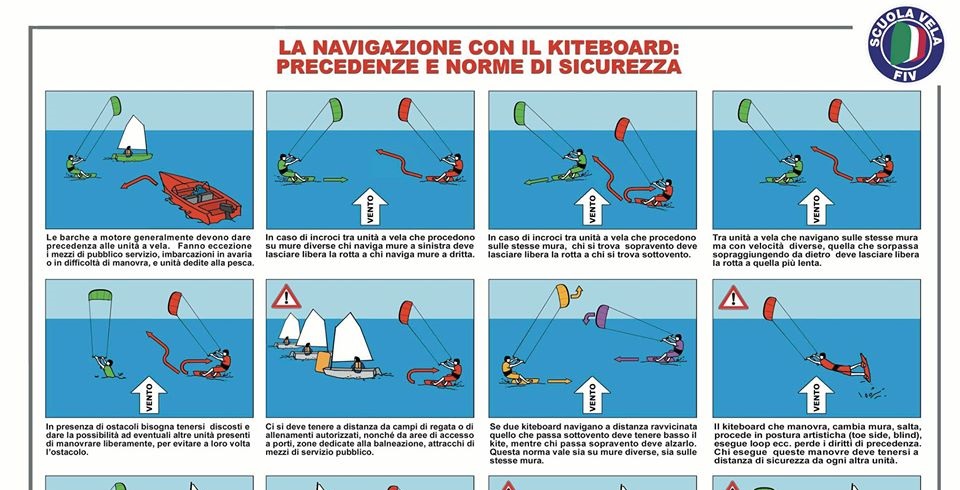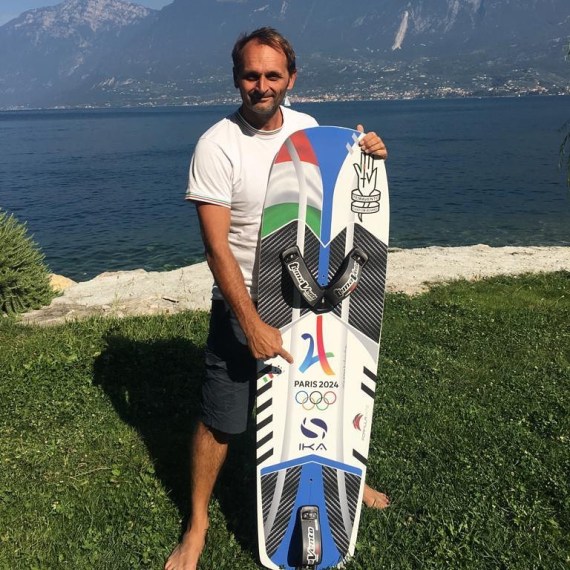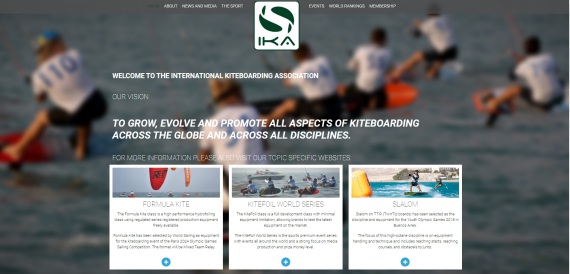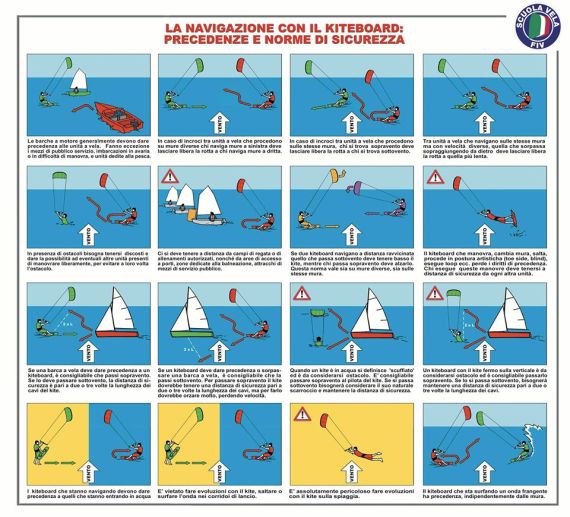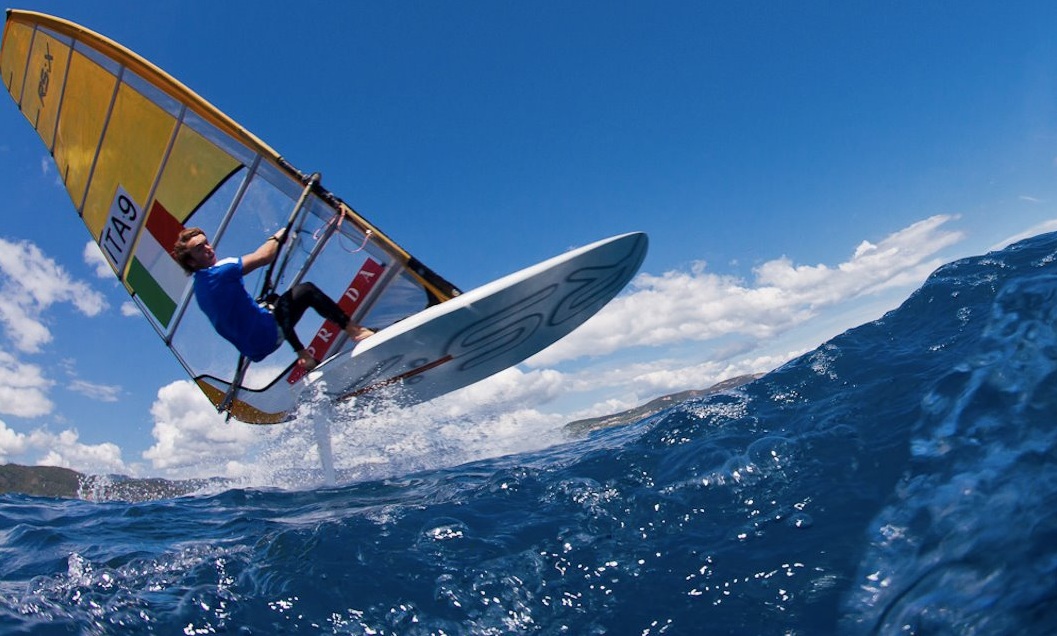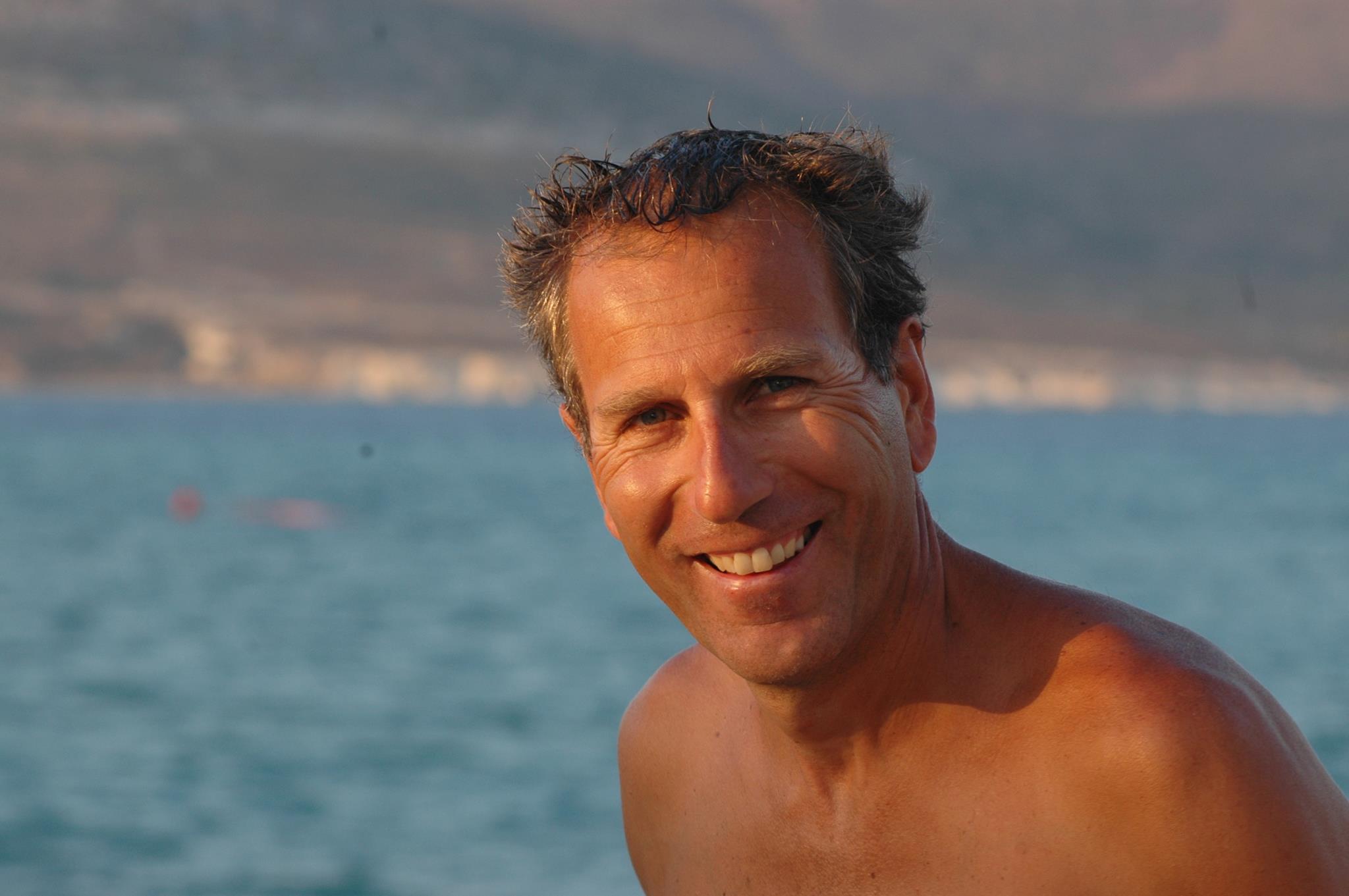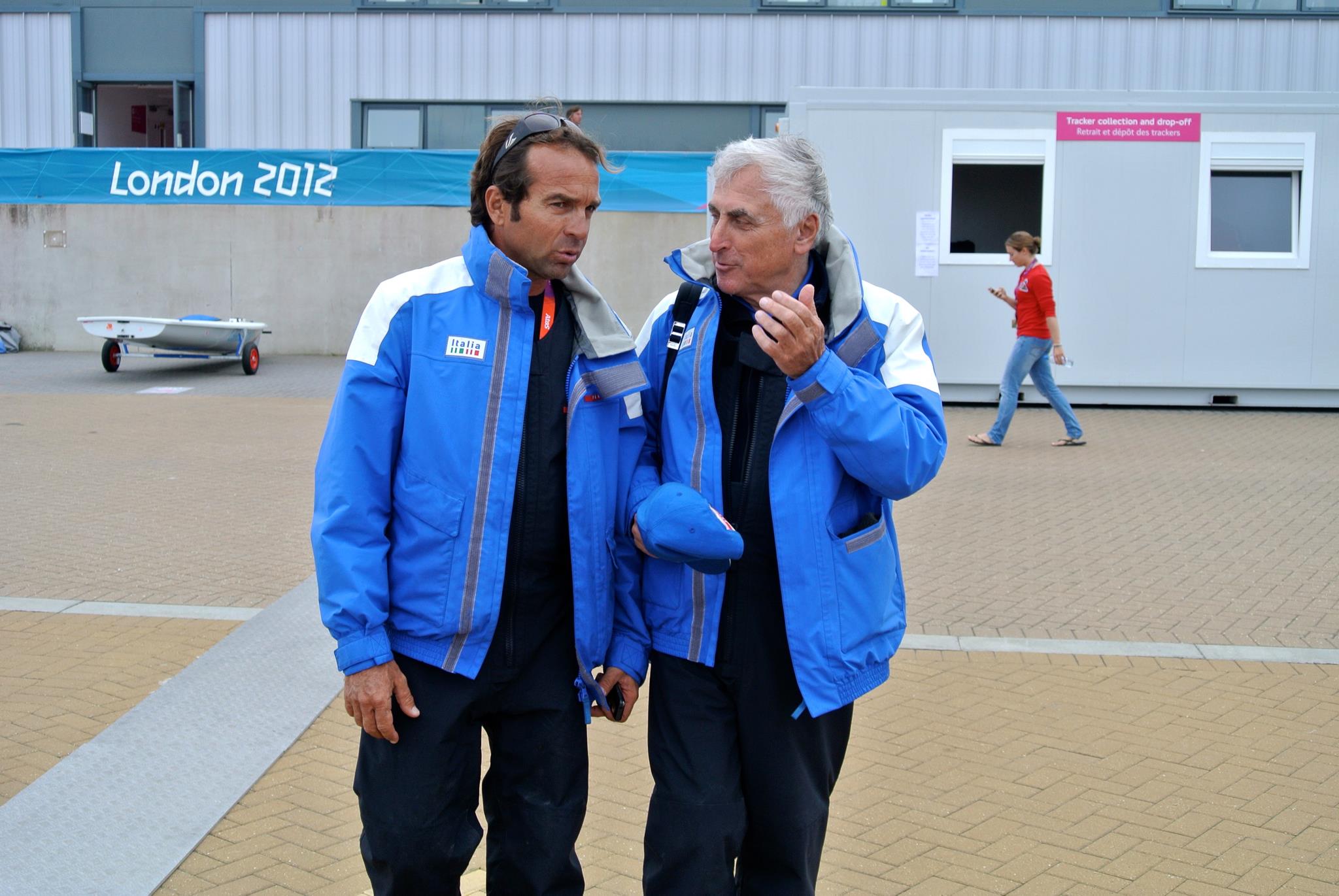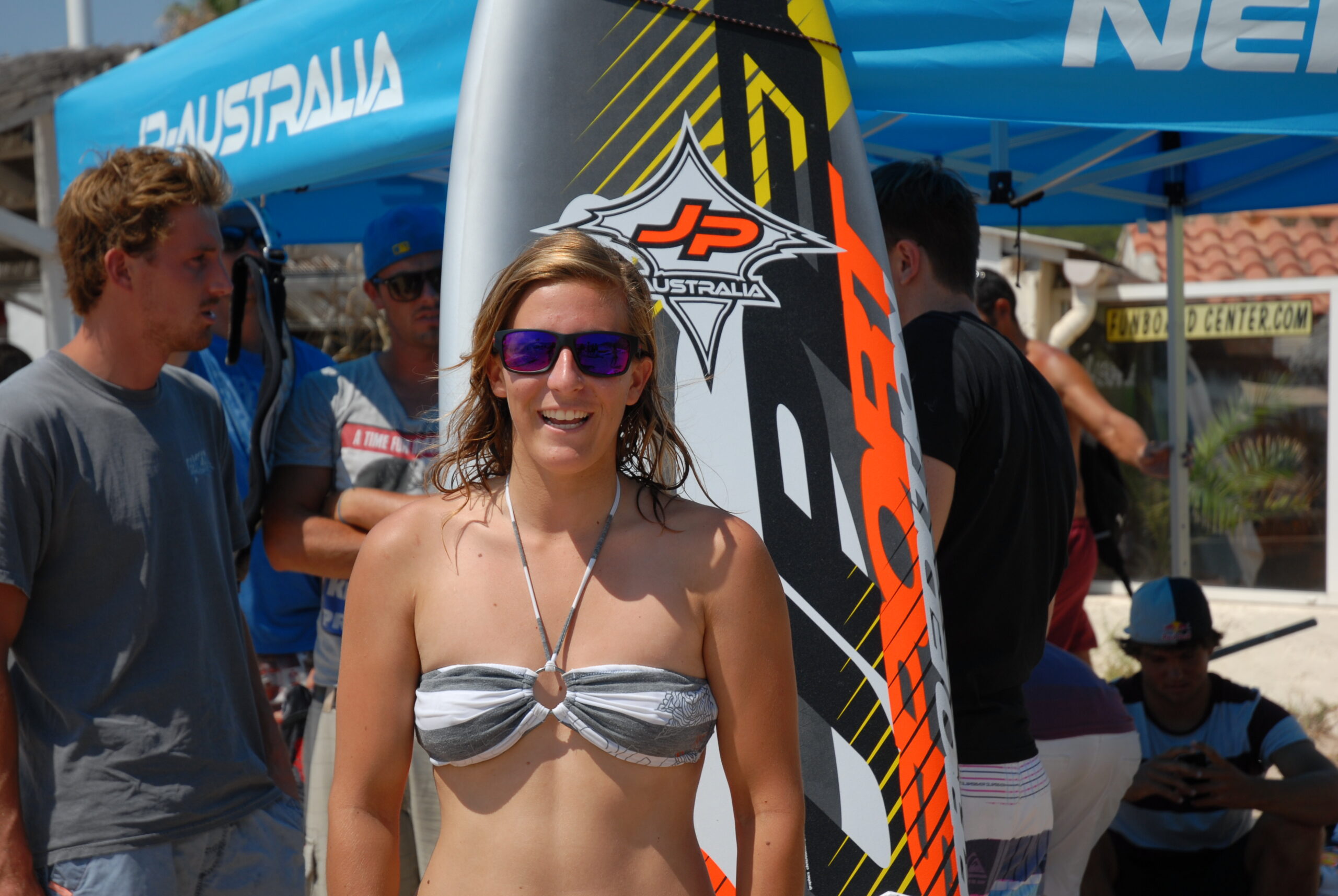Nei giorni scorsi su facebook è scattata una grossa polemica che riguarda le regole di precedenza tra kiters e windsurfers soprattutto nell’ingaggio fra le onde.
La polemica è stata alimentata da una foto pubblicata sulla pagina facebook dell’ IKO (International Kiteboarding Organization che è una società privata a scopo commerciale – www.facebook.com/ikointl/photos/a.169737913075169/2233808743334732/?type=3&theater), secondo il quale il kite senza ingaggio tra le onde dovrebbe dare sempre la precedenza alle altre imbarcazioni indipendentemente dalle mura mentre tra le onde il kite in surfata avrebbe la precedenza sul kite in uscita.
La prima regola ha scatenato l’ira di molti kiters che proprio su facebook hanno accusato l’ IKO di condividere informazioni false, mentre la seconda regola ha scatenato l’ira dei windsurfisti secondo i quali la precedenza ce l’ha l’imbarcazione in uscita e secondo i quali questa regola tra kiters genera confusione, discussioni e incidenti in caso di incrocio dei kiters con windsurfisti. Da qui la polemica in cui diversi windsurfisti e kiters di tutto rispetto si sono espressi senza però riuscire a spiegare per filo e per segno tutti i casi immaginabili e possibili.
E’ per questo che noi di RIWmag ci siamo permessi di raggiungere telefonicamente Mirco Babini, fortissimo windsurfista degli anni ’90, oggi presidente dell’ IKA (International Kiteboarding Association).
Mirco è colui che si è battuto negli anni perché il kite venisse riconosciuto come imbarcazione velica e non da traino ed è grazie a lui che anche il kite è diventato disciplina olimpica.
L’associazione di cui è presidente internazionale, l’IKA, International Kiteboarding Association ( http://internationalkiteboarding.org/ ) è l’unica associazione di kite riconosciuta da World Sailing (la federazione internazionale mondiale della vela) e quindi dal CIO (Comitato Internazionale Olimpico), ed è quindi l’unica associazione che ha la competenza, la capacità e la responsabilità di definire le regole e i regolamenti di regata e/o contest dai quali si definiscono successivamente le regole di base a cui i kiters di tutto il mondo si devono attenere per poter navigare in completa sicurezza.
Quindi non potevamo avere interlocutore più prestigioso e meglio preparato per riuscire a chiarire tutti i malintesi possibili e per fare informazione in modo da contribuire nel nostro piccolo ad una navigazione piu’ sicura e ad una convivenza più pacifica e rispettosa tra kiters e windsurfers e non solo.
Prima di lasciare la parola a Mirco ci terremmo a ripetere e sottolineare un punto fondamentale: il Kiteboard/kitesurf è considerato un’imbarcazione velica come riconosciuto da tutte le federazioni veliche nazionali e mondiali a partire da World Sailing fino al CIO.
Mirco Babini: “la stesura delle regole e ordinanze sulla navigazione ricordiamolo spetta per legge in ogni singolo stato ai ministeri di competenza o enti governativi preposti, faccio l’esempio in Italia, il ministero dei trasporti congiuntamente all’ufficio centrale di Guardia Costiera/ Capitaneria di Porto con il supporto delle federazioni di riferimento per determinati sport ne definiscono le linee guida e di conseguenza i testi per le ordinanze. Tengo a precisare che è un lavoro mastodontico e per nulla semplice al quale stiamo mettendo mano grazie alla Classe Nazionale Kiteboard e gruppo tecnico in Federazione Italiana Vela per allineare le diversità’ che vigono nelle ordinanze nazionali. Questo a titolo di esempio per far capire quanto sia estremamente difficile poter aver regole che funzionano a Livello Mondiale.
Molti dimenticano che le regole generali sulla navigazione sono normate dal NIPAM, all’interno del quale troviamo una sezione sulle imbarcazione a vela per prevenire gli abbordi a mare. Invito a consultarlo per propria informazione e su questo link un estratto di un collega www.eziofonda.it/download/pdf/nipambarcheavela.pdf che ne evidenzia le parti della vela.
Il kite è un’imbarcazione velica e come tale ha il diritto e il dovere di rispettare la precedenza mure a dritta (regola 10 del RRS World Sailing). Questa regola e’ arricchita dalla regola 14 che obbliga tutti a evitare le collisioni. Se siamo mure a dritta, indipendentemente dal supporto velico su cui navighiamo, abbiamo diritto di precedenza ma l’obbligo a tutti i costi di evitare lo scontro. E’ vero che passare sottovento ad un kite può essere rischioso ma quando si lascia la precedenza o quando si pretende la precedenza bisogna considerare anche lo spazio d’acqua necessario a tale manovra considerando quindi anche l’ingombro dei cavi. Sta al buon senso di tutti applicare questa regola nella tutela della sicurezza e nel rispetto degli spazi necessari alla sicurezza stessa.
Come ricordavo precedentemente, tutte le regole che determinano le precedenze fra gli stessi mezzi, in questo caso fra Kiteboard, durante le regate o contest sono quelle del regolamento redatto da World Sailing, RRS Racing Rules of Sailing, dove una propria appendice nominata F determina quelle specifiche dell’evento. Ogni Bando di regata può’ evidenziare o modificare alcune regole in deroga ad alcune parti, ogni kiters è tenuto ad informarsi.
Diverso è tutto l’universo del FREERIDING, dove nella normale navigazione riprendiamo le regole espresse nei manuali generali cercando di dare una univocità’ quanto più’ diffusa. Le precedenze fra kiters anche nelle onde è ripresa dalle regole generali. www.kitegeneration.com/right-way-kitesurfing/
In questo video che facemmo tempo fa con l’IKA e con World Sailing ( all’epoca ISAF ) c’è la spiegazione delle right of way rules tra kiters.
Tutti i windsurfisti che non sanno accettare questa definizione tra kiters di fatto mancano per primi di rispetto ai kiters stessi e quindi, permetteteci di affermare, non possono a loro volta pretendere il rispetto delle regole.
Non vogliamo fare la morale a nessuno e nemmeno essere paternalisti, vogliamo rispettare tutto e tutti, ma il rispetto che si chiede e pretende può nascere solo dal rispetto che per primi siamo capaci di dare a priori agli altri come punto di partenza per la nostra discussione.
Nelle onde, visto che questo pare essere il nocciolo della situazione, fra kiters è decisamente più semplice, mentre fra diverse “imbarcazioni” , vige prima di tutto la norma per prevenire l’abbordo, ovvero va evitata la collisione in primis. E’ difficile gestire delle altre regole tra le onde perché ci possono essere moltissime situazioni diverse con parametri e priorità diverse, ecco perché in generale è meglio separare gli spot in zone sopravvento per i windsurf e sottovento per i kite. Purtroppo non esiste una regola semplice e definitiva e noi qui non possiamo ne’ inventarla ne’ imporla.
La radice della regola sulla precedenza nelle onde dà il diritto di rotta a chi è svantaggiato e quindi a chi prende il largo su chi sta rientrando verso riva, sempre che le condizioni dell’onda permettano a chi rientra di governare, altrimenti vale l’obbligo di evitare la collisione. Altre deroghe possono essere definite dai regolamenti locali specifici dei vari spot. Un esempio ne è Hookipa, storico spot windsurfistico delle Hawaii nell’isola di Maui.
Le regole normali della navigazione sono alla base di tutto, pretendere di regolamentare il “traffico” fra barche differenti per tipologia , esempio fra windsurf e kite, su un picco d’onda è praticamente impossibile, gli uni o gli altri sarebbero sempre in difetto … ergo ogni spot ha la sua storia.
Facendo riferimento a www.mauikiteboardingassociation.com/hookipa-kite-rules/, avendo bene o male girato molto anche io, ad Hookipa che viene considerato il tempio del wave riding storico, le regole sono le stesse … con alcuni dettagli LOCALI, un po’ come cerchiamo di fare nei nostri spot.
Pretendere qualcosa di diverso sarebbe CAOS, questo estratto del testo è sicuramente un riferimento:
Ho’okipa Rules
*Access is from launching at Lanes beach west of Hookipa.
These common-sense rules will keep us all safer and create a better rapport with windsurfers and surfers.
Be aware of the potential dangers at Ho‘okipa! The wave is powerful, the lineup is small, and the rocks are close. Hookipa is strictly for advanced Kiters only. Know the ROW rules and surfing etiquette before riding there.
Caution: A downed kite will present a danger to those on the inside, so always keep kite in control.
CHECK IN WITH THE LIFEGUARDS BEFORE KITING HO‘OKIPA ! The lifeguards want to know everyone who kites here and want to share their safety concerns
Surfers always have right-of-way. Stay at least one kite length away from surfers, and off any wave they catch
Windsurfers and kiters have equal priority when catching waves. The rider who catches the wave first has right-of-way. If a wave is caught simultaneously, the upwind rider has right-of-way
Sharing a wave is common in both windsurfing and kiting, IF BOTH RIDERS AGREE. However, because of a kiter’s lines, it is recommended that the kiter surf downwind of the windsurfer
Be aware that windsurfers do not catch as many waves in light and fluky conditions, so show some aloha and give them the waves they can catch.
Detto tutto questo fra kiters o windsurfers dovrebbe sempre PREVALERE il BUON SENSO.
I siti di riferimento istituzionale sono:
www.formulakite.com
www.kitefoilworldseries.com
www.twintipracing.com
www.sailing.org
www.federvela.it ”
RIWmag: “per quanto riguarda lo spazio d’acqua di sicurezza necessario, come richiesto da un nostro lettore, sebbene resta un parametro molto difficile di cui discutere a posteriori in caso di incidente, come linea guida si può fare riferimento allo schema “Minimum Clearing Distance for Most Watercrafts” su www.surfertoday.com/kiteboarding/the-kiteboarding-rules-and-safety-sailing-procedures?fbclid=IwAR2bgysJo9MQTqFUMa_4V5rWW-RG6748C9C0UQ8bkAQbGZJChilvdQwMZqU .
Con questo contributo di massima autorevolezza da parte di Mirco Babini speriamo di aver chiarito tutti i dubbi tecnici e i fraintendimenti possibili riguardo il regolamento internazionale delle precedenze tra imbarcazioni veliche. Per questo ringraziamo in primis Mirco Babini per tutto il tempo e il lavoro dedicatoci, oltre che a Sergio Cantagalli, Max Galtarossa, Franco Baracca, Maura Pezzo, Gigi Le Carro Colombo, Christian Ferraro e Giuseppe Scire per il loro contributo alla discussione su facebook.
A questo contenuto, prima di concludere, vorremmo però ancora aggiungere qualche riflessione sul buon senso. Tutti ne parlano, tutti lo citano e invocano ma nel concreto cos’è il buon senso?
Specificatamente alla navigazione, in cui gli scenari che si sviluppano sono sempre diversi e si modificano ad una velocità tale per cui il tempo per riflettere è a volte ridotto troppo oltre il minimo necessario, per spiegare cos’è il buon senso vogliamo partire da un altro concetto, quello del campo visivo.
Il campo visivo è un’area che rappresenta la parte del mondo esterno visibile quando si fissa un punto. Si deve, ovviamente, distinguere, tra campo visivo binoculare, che rappresenta ciò che è visibile con entrambi gli occhi, dal campo visivo monoculare, che si riferisce a un solo occhio. I campi visivi monoculari dei due occhi si sovrappongono parzialmente nella zona binoculare. Il campo visivo viene approssimato come un cono ellittico con apertura angolare variabile in base alla visione periferica considerata. Escludendo la lontana periferia, tende ad approssimarsi con il campo della visione binoculare, ossia un cono di circa 95° orizzontali e per circa 80° verticali. Considerando la massima visione periferica possibile, si aggiungono orizzontalmente ulteriori 60°-70° coperti solo da un occhio per volta. Il campo visivo così può raggiungere i 130°–135° verticali e 200°–220° orizzontali. (https://it.wikipedia.org/wiki/Campo_visivo)
Questa definizione medica/fisiologica lascia già capire che l’ampiezza del campo visivo è parzialmente variabile non solo in dipendenza dai fattori morfologici di ciascuno ma anche in dipendenza da fattori legati al livello di concentrazione, di calma e di consapevolezza di ciascun individuo.
Per rendere questo concetto più semplice prendiamo due esempi estremi. Un artista marziale che da solo affronta molti avversari allo stesso tempo, come mostrava per esempio Bruce Lee nei suoi film, per riuscire a non soccombere dovrà avere un campo visivo espanso al massimo. Addirittura sarà in grado di avere un campo sensoriale più ampio di quello ottico grazie all’educazione che ha sviluppato della sua concentrazione, del suo istinto e delle sue sensazioni percettive non visive. Al contrario in una sensazione emotiva alterata da stress, adrenalina, presa di controllo da parte del proprio ego, invece il campo visivo sarà ridotto al minimo perché’ il cervello, non trovandosi in uno stato di quiete e lucidità, non sarà in grado di gestire troppe informazioni, e quindi per “sopravvivere” selezionerà in modo critico le informazioni visive che gli arrivano partendo proprio con il limitare il campo visivo.
Vi siete mai accorti che in acqua certi velisti sono talmente “chiusi” sulla propria rotta che non vi vedono neanche se gli passate affianco a pochi metri mentre altri sanno individuarvi e riconoscervi anche a qualche centinaio di metri di distanza e con il mare agitato?
Per sommi capo possiamo affermare che il buon senso è anche (ma non solo) direttamente proporzionale al campo visivo: più siamo calmi, lucidi, consapevoli, allenati, concentrati ed educati a saper riconoscere e rispettare le regole, più il nostro campo visivo sarà ampio, migliore sarà il nostro buon senso e migliori saremo come velisti.
Infatti avete mai notato che è raro vedere un campione di alto livello coinvolto in incidenti e discussioni? Proprio per diventare campione lui/lei avrà dovuto negli anni sviluppare prima e meglio degli altri un campo visivo il più ampio possibile, un po’ come Bruce Lee nelle arti marziali, che gli permette di ricevere e gestire correttamente il maggior numero di informazioni visive e percettive possibili.
Se vogliamo fare un ultimo paragone più spicciolo è come cercare di fare le previsioni meteo con un solo modello matematico a disposizione oppure incrociare i risultati del numero più ampio possibile dei modelli matematici a disposizione. In questo ultimo caso avremo sicuramente mediamente delle previsioni più precise e accurate che ci permetteranno di ridurre al minimo la possibilità di errore.
Quindi più ampio sarà il nostro campo visivo e più facile sarà ritrovare ed esprimere il buon senso. A terra con il senno del poi sono tutti bravi ad analizzare e giudicare, mentre in mare senza un buon campo visivo ci si ritrova con scuse inaccettabili del tipo “non lo sapevo” oppure “non avevo visto”.
Finalmente concludiamo raccomandandoci di andare per mare con amore, passione, condivisione, godendosi la bellezza unica che gli sport di mare offrono nel pieno rispetto della sicurezza per se stessi e per tutti quelli che ci circondano. Esortiamoci a navigare per ritrovare il meglio di noi stessi e per riportare il meglio di noi stessi a riva a fine uscita lasciandoci alle spalle tensioni, problemi, preoccupazioni e conflitti. Buona navigazione a tutti!”
interview: www.RIWmag.com
photo courtesy Mirco Babini, FIV, IKA

